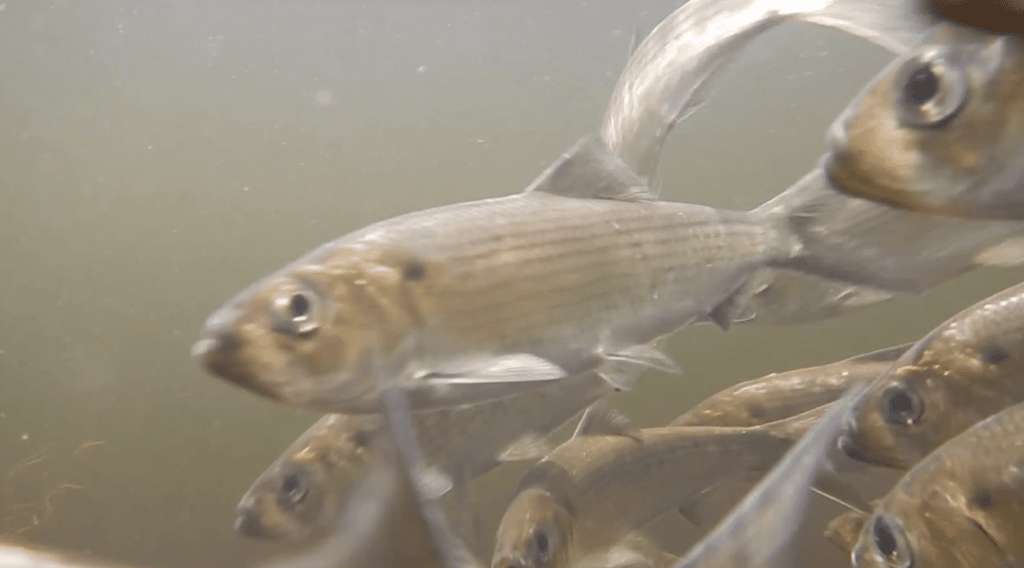
Maine’s watersheds provide us with incredibly rich ways to learn about our ecology, culture, economy, and the connections amongst and between them. For millennia, animals have migrated to Maine’s rivers from around the world to reproduce. For ten thousand years, Wabanaki people have understood and utilized the countless resources these watersheds provide for human life and civilization. For four hundred years, white colonialists have exploited these resources to contribute to global commerce.
Spring is the perfect time to explore all the things our watersheds provide. Make plans to check out your watershed this week. We’ve got a week of programs around Watershed Week and recommend these other activities as well.
Learn about Alewives and other diadromous fish
Maine is well known as an international destination for birds and birders, but don’t overlook our waterways! They transport fish from exotic locations like the Sargasso Sea. These fish are critical for numerous ecosystems. For years, animals and people, coming through a tough winter, have depended on their abundance in Maine’s streams and rivers. Other migrants like Osprey have planned their own migration and nesting around the abundant protein. Learn more about Alewives, their life cycles, and migration at the online program Monday evening with Maine Audubon’s David Lamon as he leads you through one of Maine’s great natural history events.
Experience a natural phenomenon
The spring alewife run is a unique opportunity for Mainers to get an up-close look at thousands of animals passing through single points of numerous streams up and down the coast. The abundance of these migrating fish also attracts large numbers of fish-eating birds and other wildlife. If you’ve never seen this, or haven’t seen it in a while, make plans to go see a run this year. Numerous land trusts, towns, lake associations, and fish ladders have designated viewing areas and they provide updates on best days for viewing. Maine Rivers has published a 2021 Alewive Trail Map listing places to see alewife runs from Kennebunk to Machias. If you can, take a trip to several sites to compare, and to give yourself the sense of awe of this coastal phenomenon.
Show your support
Many local conservation organizations like land trusts, watershed groups, and conservation commissions work on fish passage and stream restoration in our communities. See what they are doing this spring for the Alewife run, as this is often how and when they will culminate and celebrate this work. Many organizations will also host cultural events celebrating Wabanaki stewardship and the tradition of spring fish runs.
Get Stream Smart
Maine Audubon and many partners collaborate on a program called Stream Smart, which focuses on restoring steam connectivity via replacing culverts. In many cases, this restores passage for fish like Alewives, even if just during spring flows. Improper culverts, dams, and other human-made barriers have impacts for miles up and down the watershed, and beyond. This is an example where a local construction project might open or close a passage thousands of animals depend on instinctively. FMI: maineaudubon.org/streamsmart.
Be a community scientist
If you want to watch Alewives with a purpose, you can volunteer to join a count at many fish ladders and passages that are being officially monitored. Volunteers take shifts to watch and estimate how many fish pass, and this data helps guide and influence continued restoration. Kennebec Estuary Land Trust and Highland Lake Assocation are two examples of organizations that enlist volunteers to do annual counts. Because Alewives are a keystone species for diadromous fish, we can extrapolate benefits for other species such as Atlantic Salmon, American Eels, and Sea Lamprey. Once you’re hooked on restoring fish passage, there are numerous other ways to help in your watershed such as water quality monitoring, restoring forest, and advocating for watershed-friendly policy and local ordinance.
